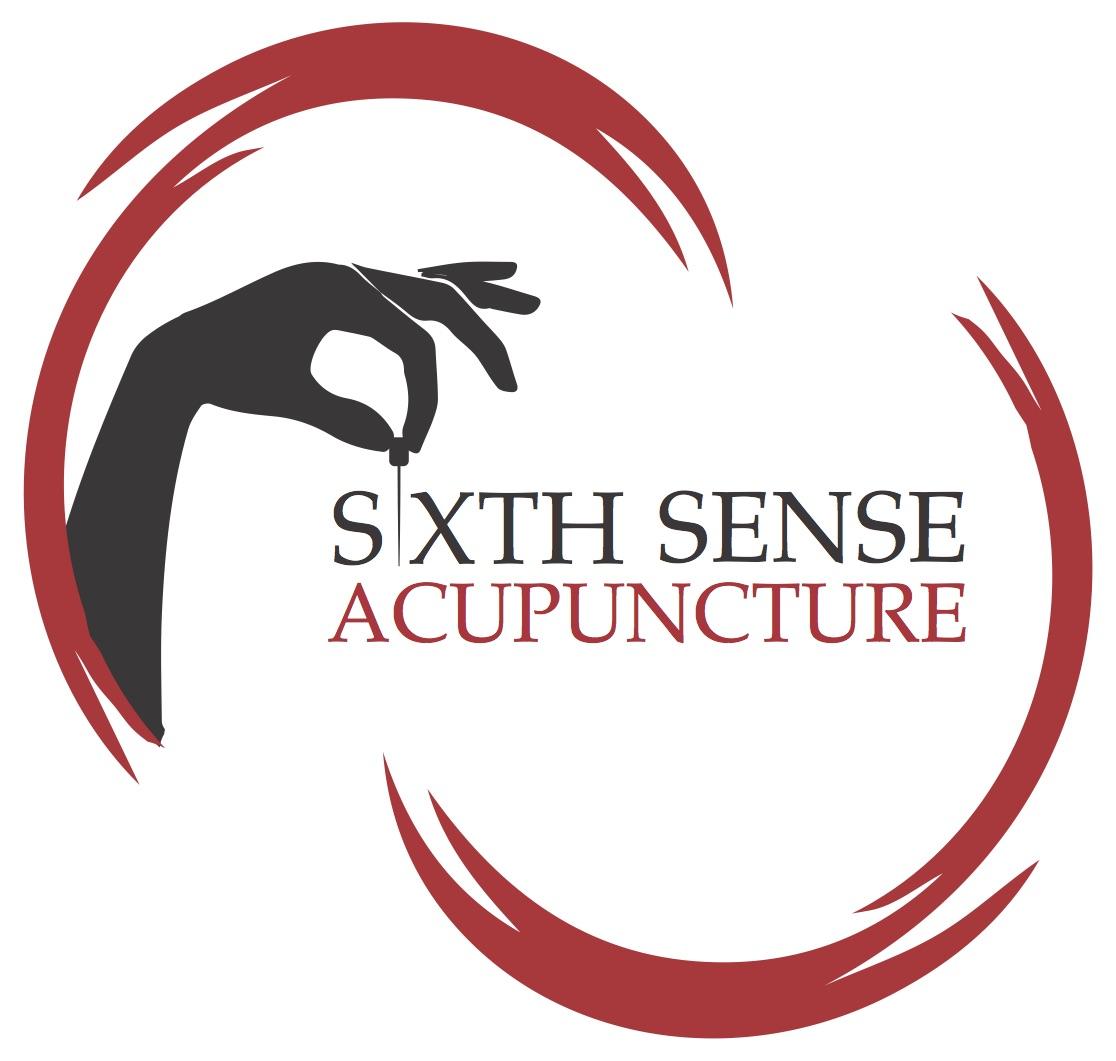
Pulse diagnosis or pulse reading is one of the four essential assessments in Traditional Chinese Medicine (TCM). It allows acupuncturists to assess a patient’s overall health by examining pulse patterns at three key positions on both wrists—cun, guan, and chi.
In Chinese medicine, pulse diagnosis provides vital information about the body’s current state and guides practitioners in creating effective treatment plans. By analysing pulse characteristics, acupuncturists gain insight into imbalances or health issues that might not yet show obvious symptoms.
A Brief Overview of Pulse Conditions in Chinese Herbal Medicine
Pulse conditions have been detailed in ancient Chinese medical texts. For instance, the Nei Jing identified 30 pulse types, including terms like large, small, slippery, rough, long, and short. Modern practice recognises around 27-28 pulse types, described by renowned texts such as Zhen Jia Zhen Gyan and Bin Hu Mai Xue.
These pulse conditions are:
- Faint, weak, floating, or sunken for pulse strength and depth.
- Rapid or slow for pulse rate.
- Tight or soggy for quality.
These terms help practitioners interpret specific aspects of health, such as energy levels, organ function, and the severity of conditions. For example, a slippery pulse, which feels smooth and rounded – like pearls rolling in a dish – typically indicates dampness in the body, often linked to issues such as phlegm or digestive imbalances. On the other hand, a stringlike pulse, which feels taut like a guitar string, is often associated with liver-related imbalances or emotional stress.
We’ll discuss these conditions in the next section, but before that, let’s examine how pulse reading works.
How is Pulse Diagnosis Done in Acupuncture?
For pulse reading, the acupuncturist places three fingers on the radial artery of each wrist, corresponding to the positions of cun (near the wrist crease), guan (middle), and chi (rear). Each position represents different organs:
- Left hand:
- Cun: Heart
- Guan: Liver
- Chi: Left kidney
- Right hand:
- Cun: Lungs
- Guan: Spleen
- Chi: Right kidney
What Does the Acupuncturist Assess During Pulse Diagnosis?
1. Pulse Rate
Practitioners in conventional and Chinese medicine assess the pulse rate to gain insight into a patient’s health. The normal resting pulse rate is around 60 beats per minute. A faster heartbeat typically indicates excess heat in the body, which may stem from conditions such as infection, fever, or inflammation.
Conversely, a slower pulse often suggests a cold condition or that a particular organ or system is not operating optimally. This can reflect a depletion of the body’s energy. However, a slower pulse rate is generally considered normal in athletes or individuals who engage in extensive physical activity due to their heightened cardiovascular efficiency.
2. Strength of the Pulse
In Chinese herbal medicine, pulse strength is described as either “strong” or “weak,” directly correlating to the body’s energy levels. A strong pulse suggests an excess condition and may be associated with high blood pressure, headaches, or other symptoms of overactivity. A weak pulse indicates a deficiency, often linked to low blood pressure or fatigue. An easily detectable, neither strong nor weak pulse signifies a balanced, healthy constitution.
3. Pulse Width/Depth
An acupuncturist also evaluates the width and depth of the pulse. For example, a thin pulse may indicate a deficiency in fluids or blood. A superficial pulse is commonly observed during mild illnesses like a cold or flu, while a deeper pulse often corresponds to more severe or chronic conditions. The greater the pulse’s depth, the deeper the sickness is believed to be embedded within the body.
4. Pulse Quality
Pulse quality is another critical aspect of diagnosis in Chinese herbal medicine. The pulse may feel soggy, rough, tight, soft, or thready, each conveying unique information. A tight pulse often signifies physical pain or emotional stress, while a soggy pulse suggests fluid retention. Additionally, an irregular pulse may point to conditions such as insomnia, anxiety, or heart issues.
Importance of Pulse Diagnosis in Acupuncture
Pulse diagnosis offers acupuncturists valuable insights into a patient’s overall health. Here are some of its key benefits:
- Comprehensive Health Assessment
The pulse provides a holistic view of the patient’s health, including the condition of internal organs, energy flow, and overall balance. - Personalised Treatment Plans
By understanding the unique pulse conditions, acupuncturists can tailor treatments to effectively address each patient’s specific needs. - Monitoring Treatment Progress
Pulse diagnosis helps track treatment progress. Changes in pulse characteristics often reflect improvements or shifts in the patient’s health. For example, a weak pulse may strengthen with treatment, while age-related changes like a slower pulse can be monitored for expected patterns. - Early Detection of Health Issues
Subtle pulse rate, quality, strength, and depth changes can indicate early signs of health concerns. This allows practitioners to recommend preventive measures before symptoms fully develop.
Conclusion
Pulse diagnosis is the foundation of Traditional Chinese Medicine, which allows practitioners to gain a unique perspective on a patient’s overall health. By assessing key components such as pulse rate, strength, depth, and quality, acupuncturists can understand energy flow, organ function, and health imbalances.
This ancient technique allows practitioners to detect health issues early, create personalised treatment plans, and monitor patient progress. By addressing individual needs with precision, pulse reading promotes holistic well-being and supports long-term health and balance. It remains an indispensable element of effective acupuncture practice.
https://www.prevention.com/health/g20477501/things-your-acupuncturist-knows/
https://www.sciencedirect.com/topics/medicine-and-dentistry/pulse-diagnosis
https://blhc.com.au/why-does-my-acupuncturist-take-my-pulse-the-chinese-art-of-pulse-reading/
https://www.overlandparkacupuncturist.com/pulse-reading-chinese-medicine/
https://www.intechopen.com/chapters/40015
https://www.mdpi.com/1424-8220/20/16/4618

